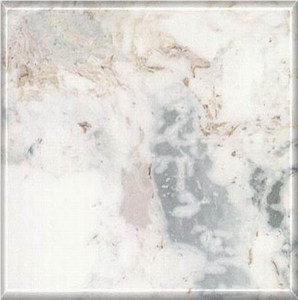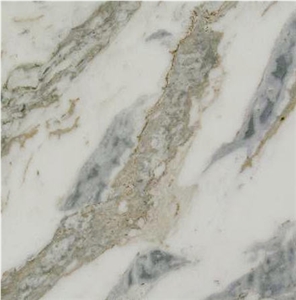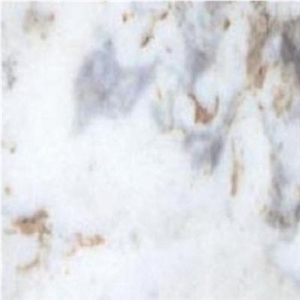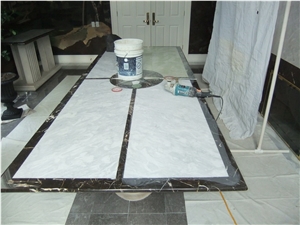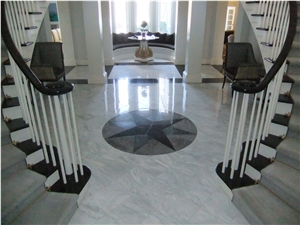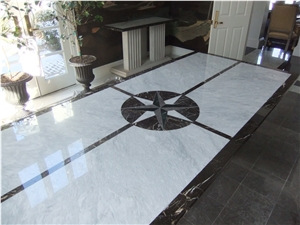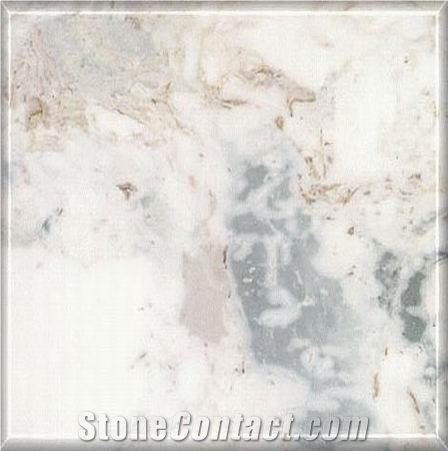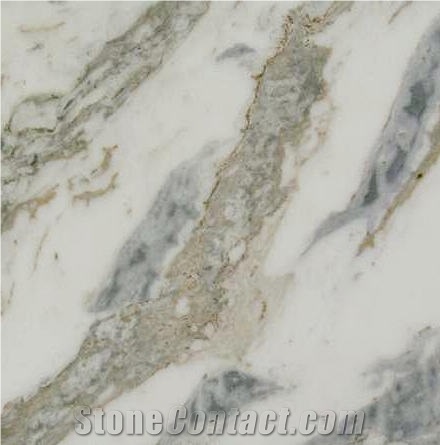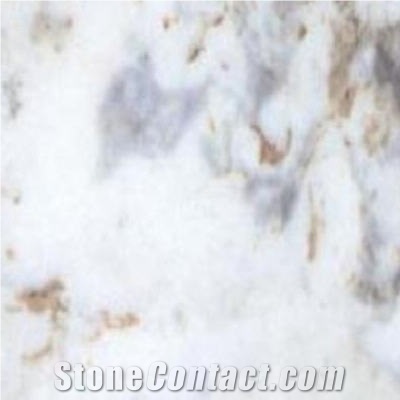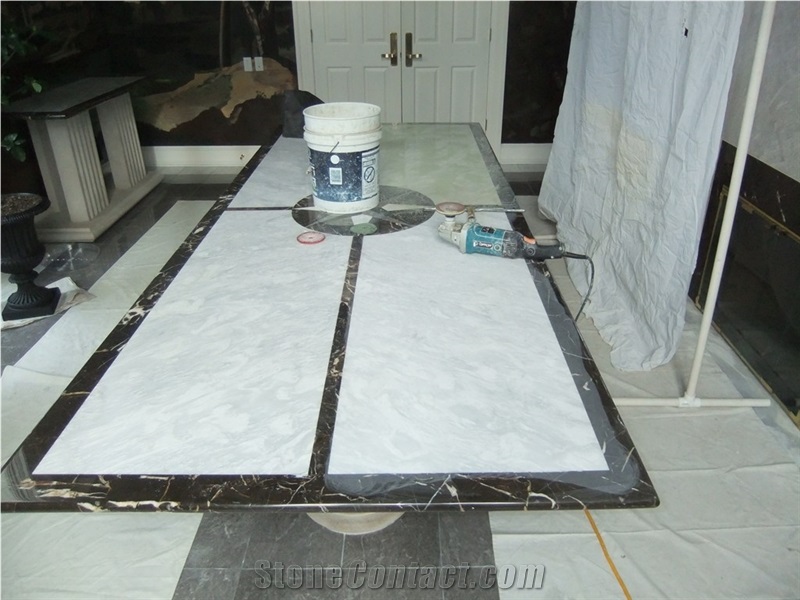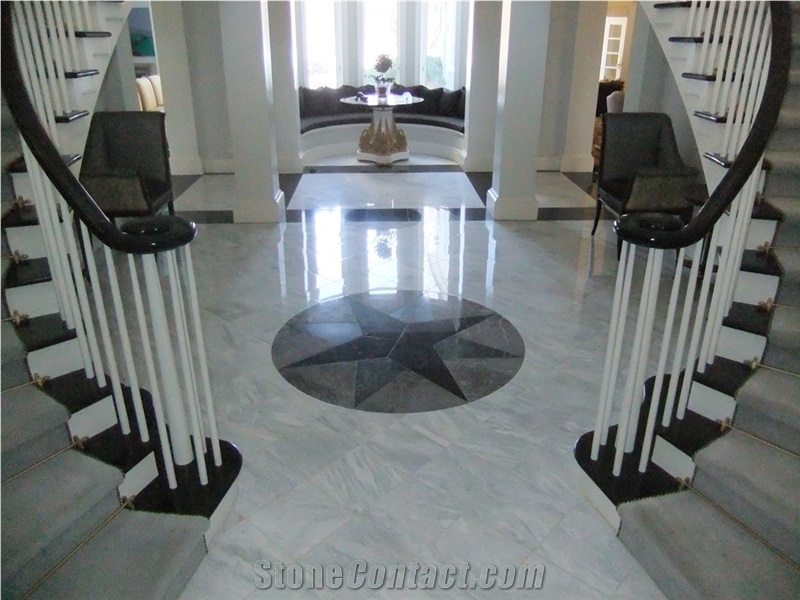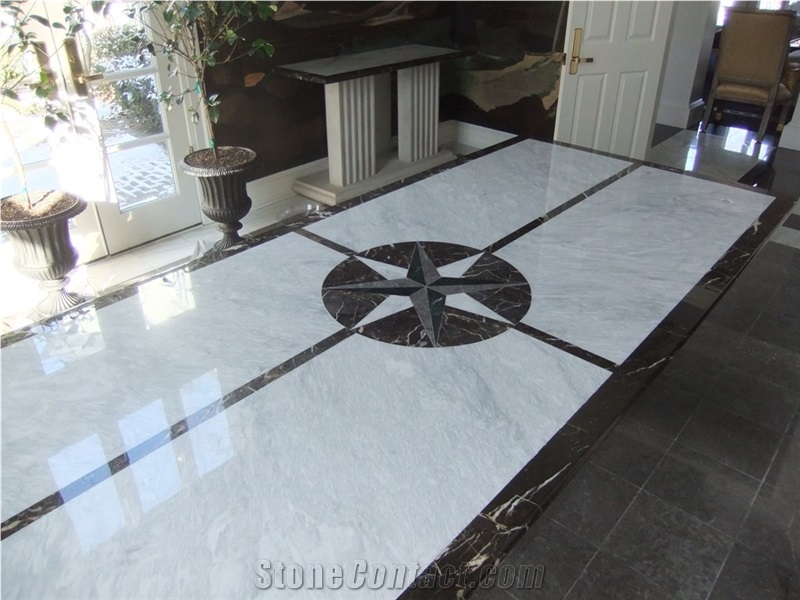Ambrosia Marble
 Greece
(Nevrokopion, Volakas, Drama, East Makedonia, North-East of Greece)
Greece
(Nevrokopion, Volakas, Drama, East Makedonia, North-East of Greece)
Ambrosia Marble is a kind of white marble quarried in Greece. This stone is especially good for Counter tops and bars,Interior wall panels,Water walls and fountains, Stairs and other design projects. It also called Volakas Ambrosia Marble,Volakas Semi White Marble,Bianco Ambrosa Marble,Volax Ambrosia Marble,Ambrosia White Marble . Ambrosia Marble can be processed into Polished, Sawn Cut, Sanded, Rockfaced, Sandblasted, Tumbled and so on.

Can Greece's Ambrosia Marble be used in landscaping?

What is the coefficient of friction of Water Jet Cut Greece's Ambrosia Marble tiles?

What grade is Greece's Ambrosia Marble?

How thick is Greece's Ambrosia Marble slabs?

Are there color variations of Greece's Ambrosia Marble?

Can Greece's Ambrosia Marble be used exterior applications in hot climates?

Which marble surface treatment provides a non-slippery surface?

Is Greece's Ambrosia Marble an expensive stone?

What is the average flexural strength of Greece's Ambrosia Marble?

How can I make my white marble shine naturally?

Can Greece's Ambrosia Marble be used indoors?

Can Greece's Ambrosia Marble be used in a kitchen?
-

 China
China
 8YRDiamond members are premium members on platform, providing members with comprehensive approach to promoting their products, increasing products exposure and investment return to maximize.
8YRDiamond members are premium members on platform, providing members with comprehensive approach to promoting their products, increasing products exposure and investment return to maximize.
 Verified Supplier is for prove company authenticity,including business license,trade license and effective office space,to enhance buyers' trust to suppliers and their products, reducing communication costs.
Verified Supplier is for prove company authenticity,including business license,trade license and effective office space,to enhance buyers' trust to suppliers and their products, reducing communication costs.
Contact Supplier
-

-

-

-

-

-

Zhangzhou Bewell Stone Company Ltd.
 China
China
 Verified Supplier is for prove company authenticity,including business license,trade license and effective office space,to enhance buyers' trust to suppliers and their products, reducing communication costs.
Verified Supplier is for prove company authenticity,including business license,trade license and effective office space,to enhance buyers' trust to suppliers and their products, reducing communication costs.
Contact Supplier
-

 China
China
 8YRDiamond members are premium members on platform, providing members with comprehensive approach to promoting their products, increasing products exposure and investment return to maximize.
8YRDiamond members are premium members on platform, providing members with comprehensive approach to promoting their products, increasing products exposure and investment return to maximize.
 Verified Supplier is for prove company authenticity,including business license,trade license and effective office space,to enhance buyers' trust to suppliers and their products, reducing communication costs.
Verified Supplier is for prove company authenticity,including business license,trade license and effective office space,to enhance buyers' trust to suppliers and their products, reducing communication costs.
Contact Supplier
-

-

The request includes: 1. surface finished, size 2. quantity required






